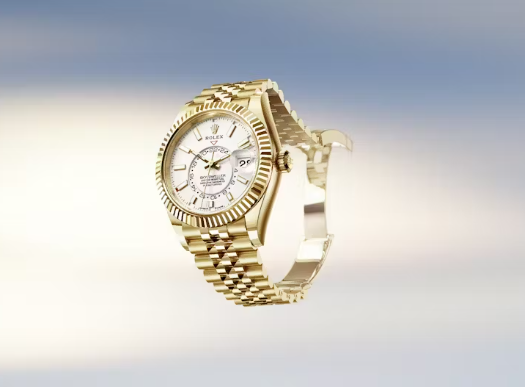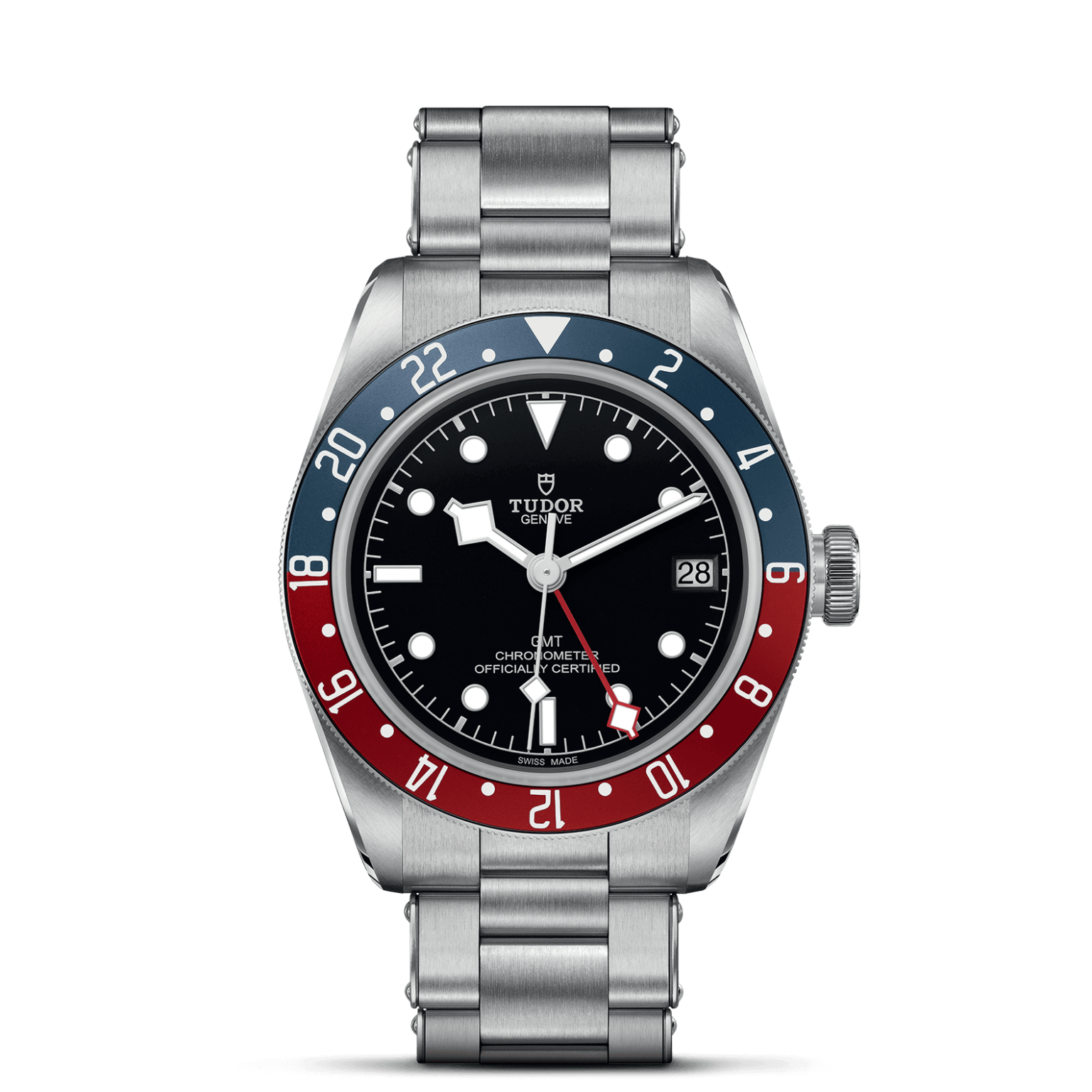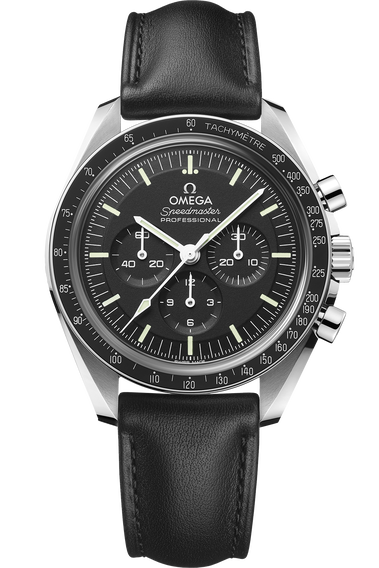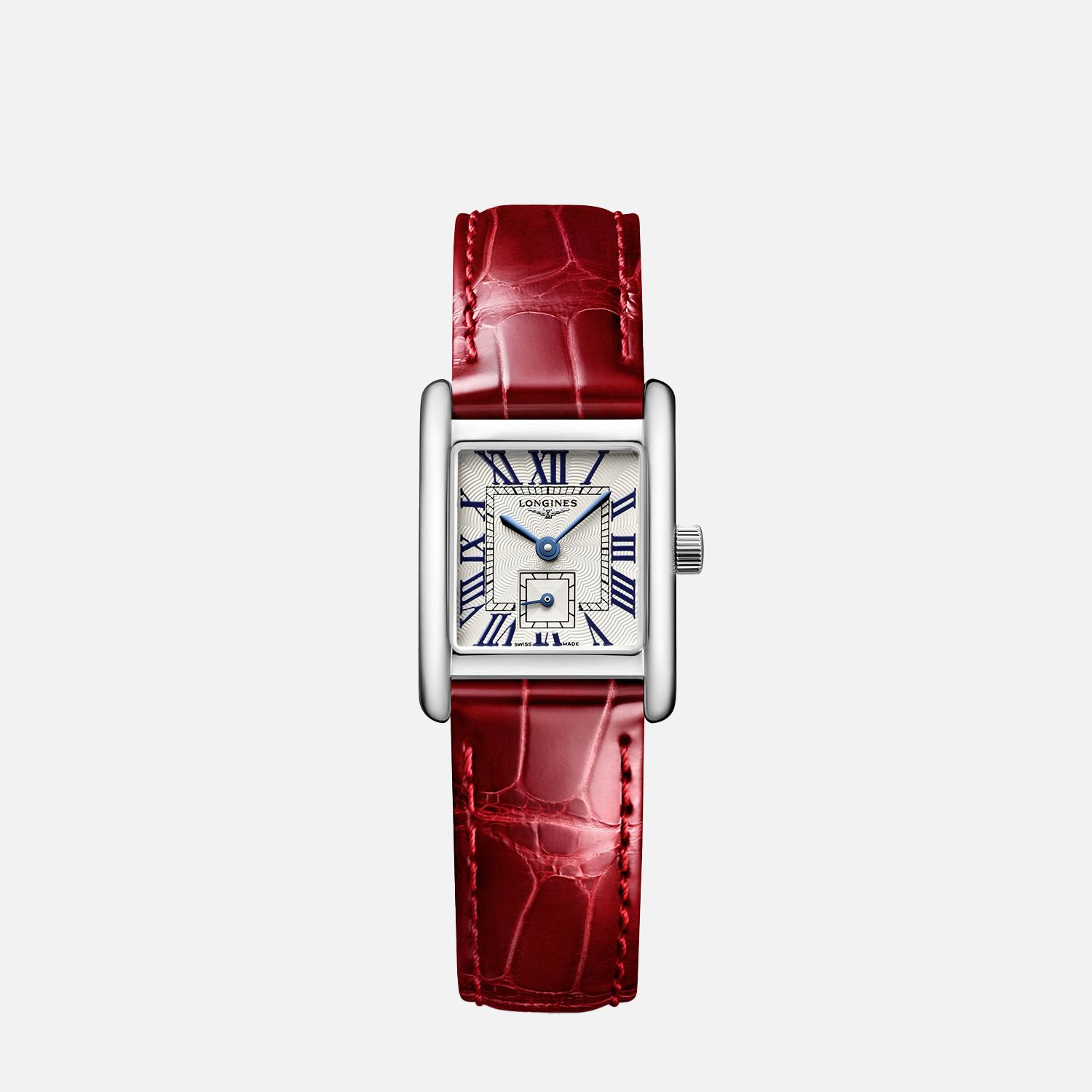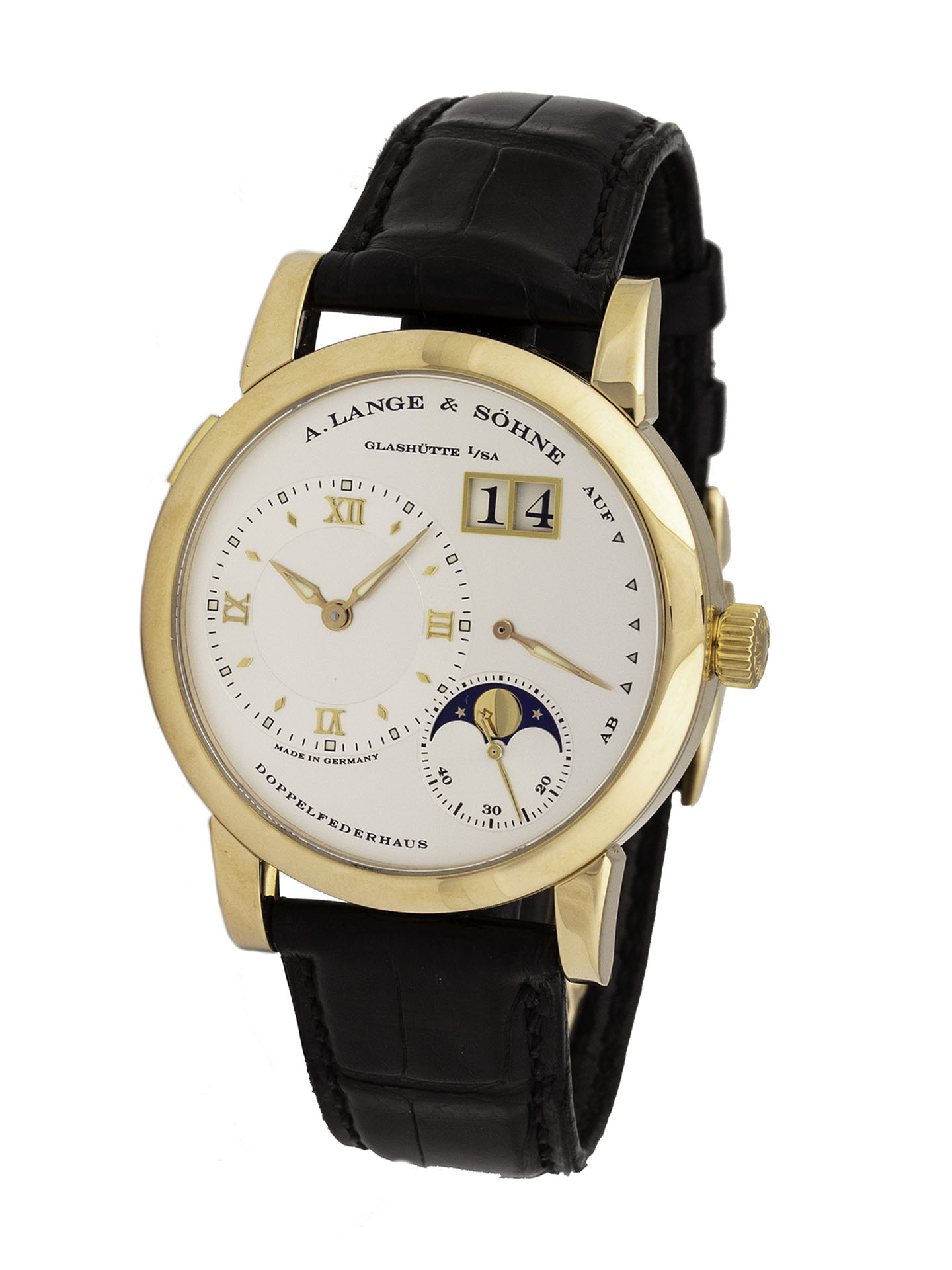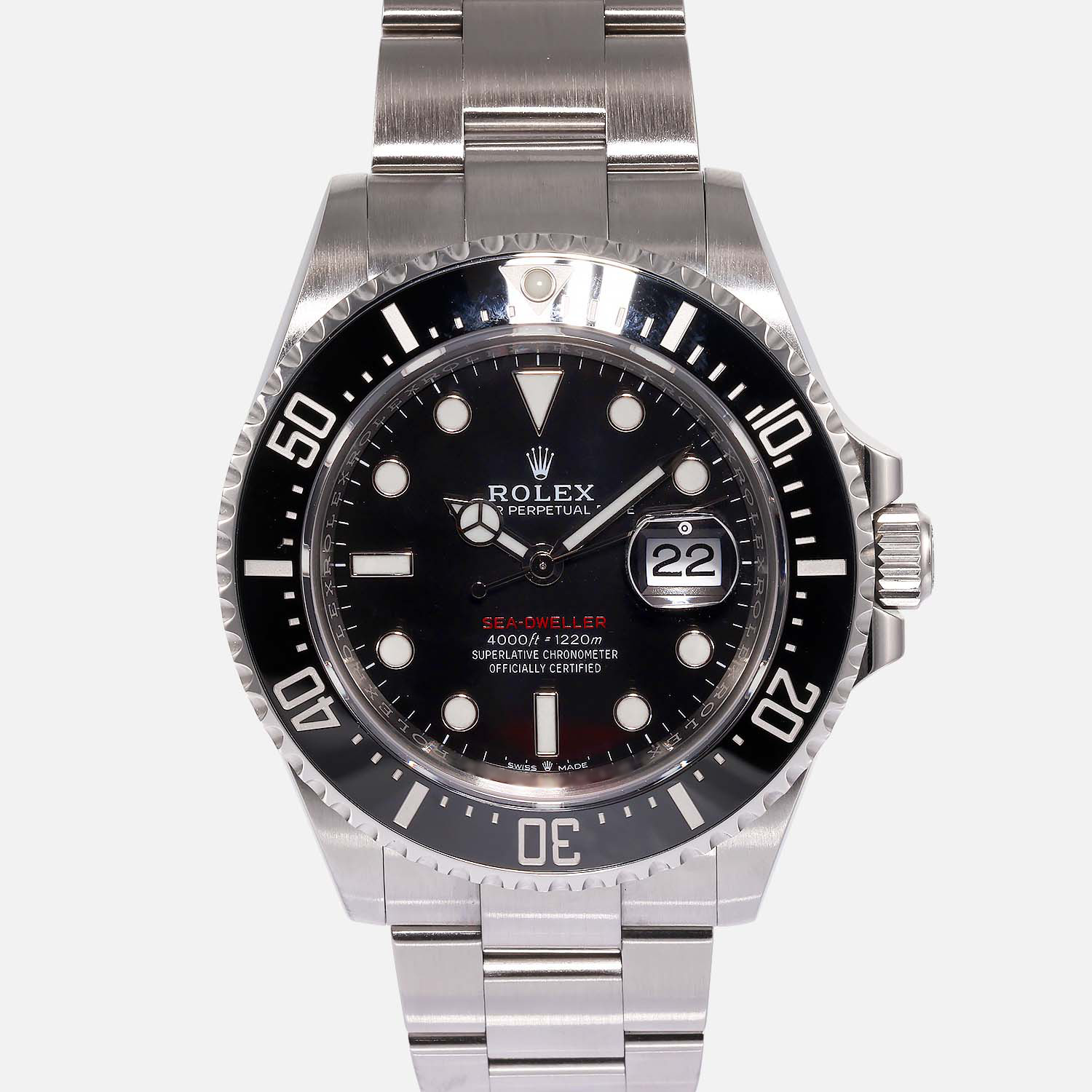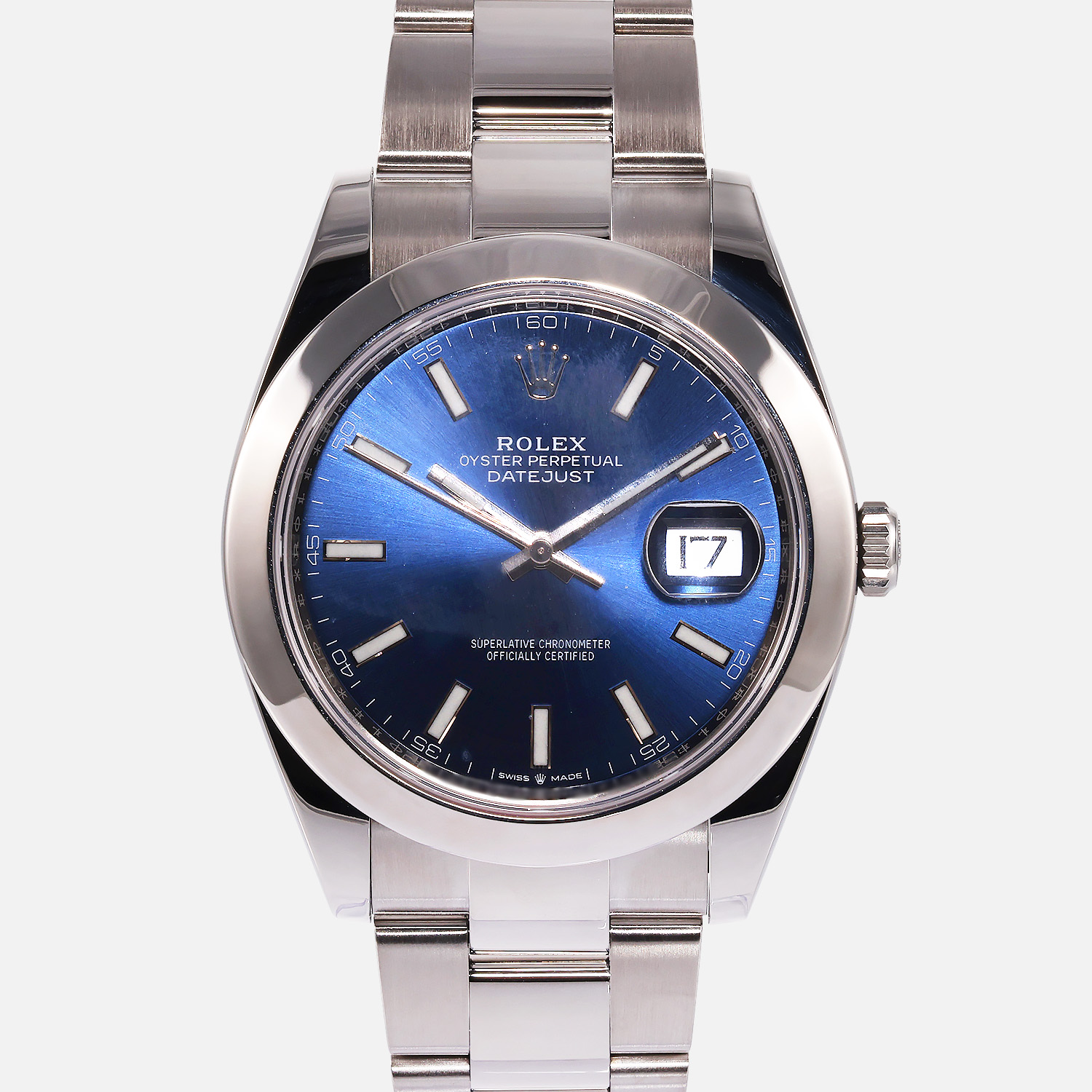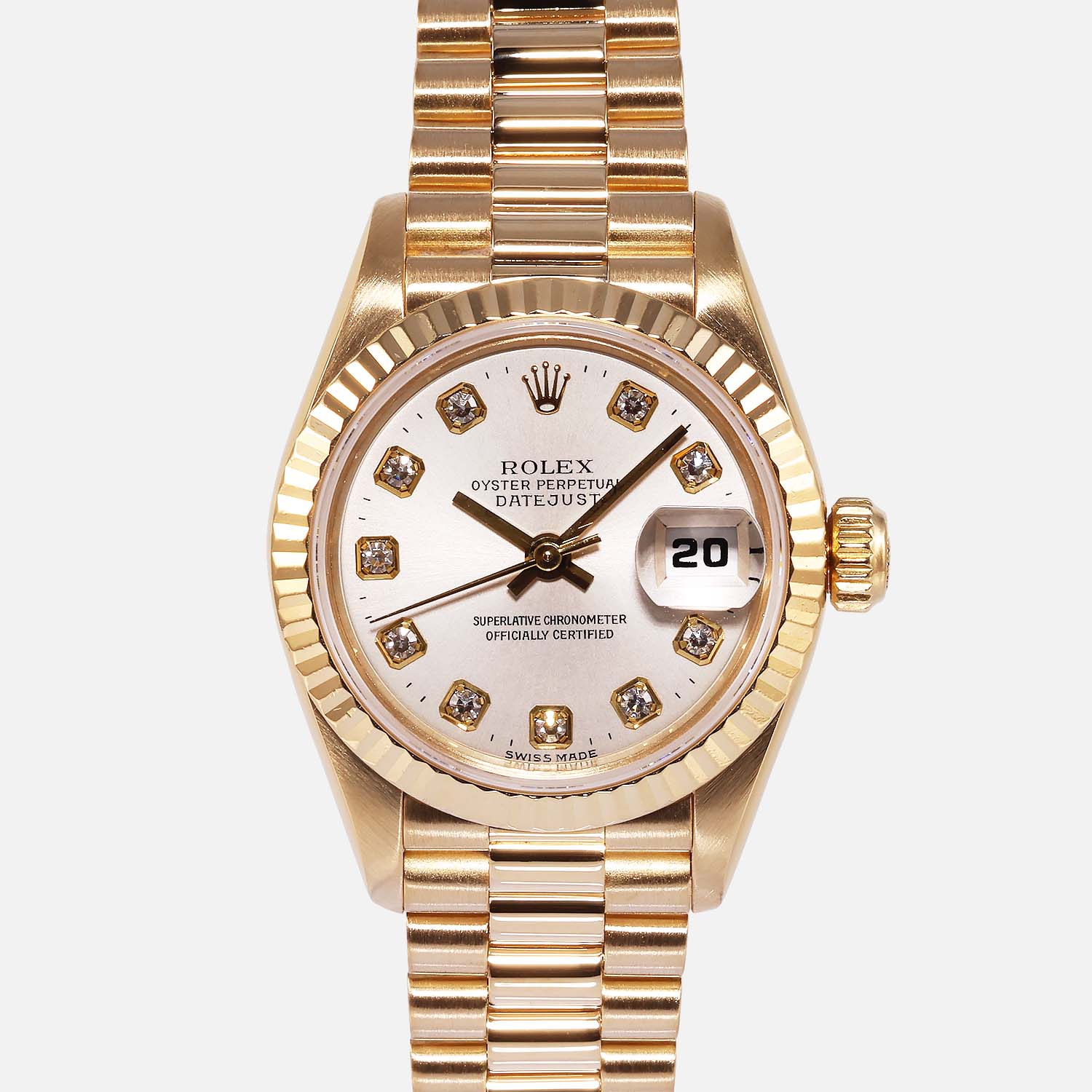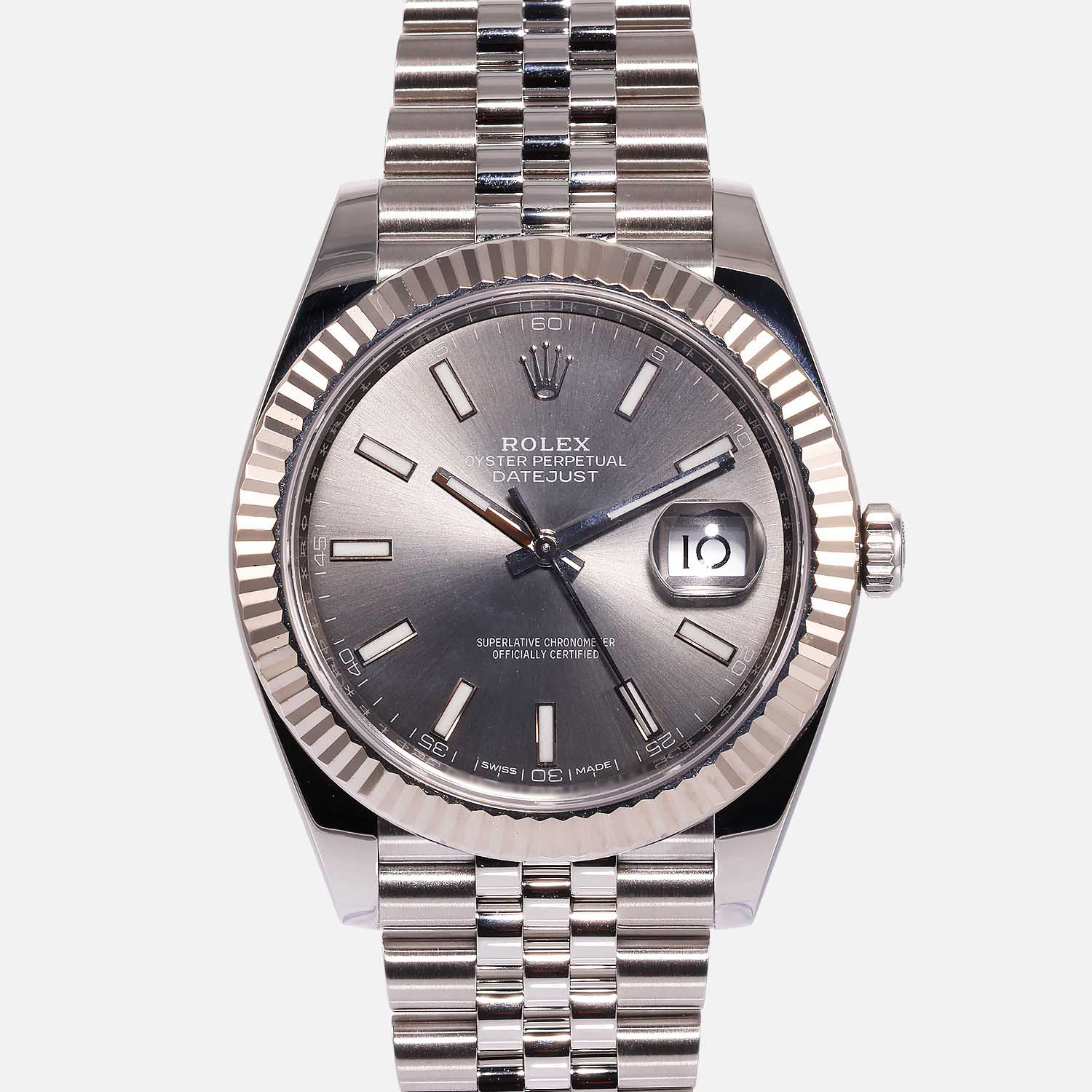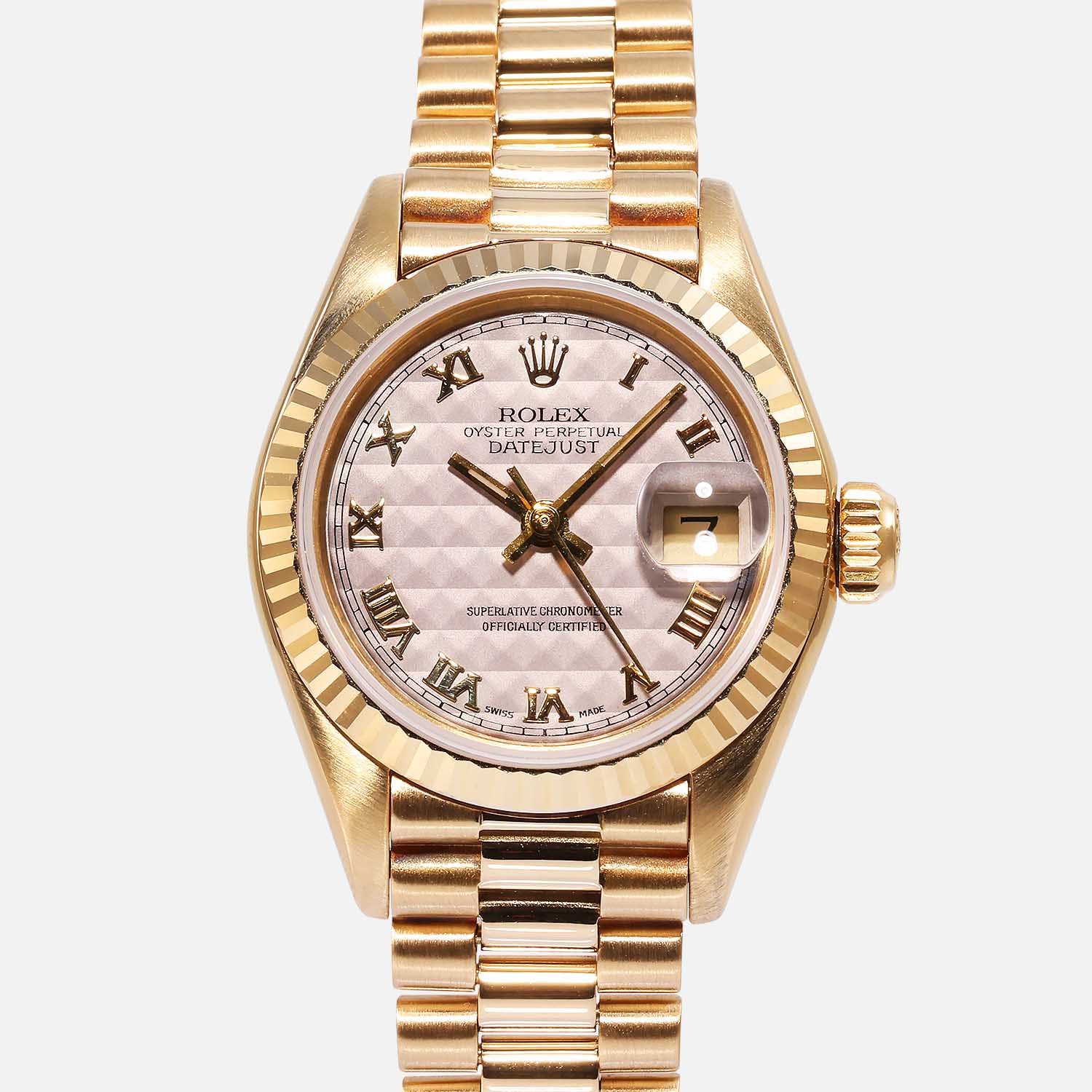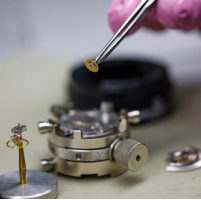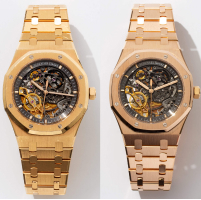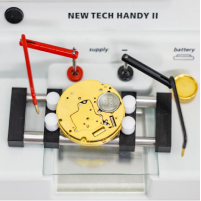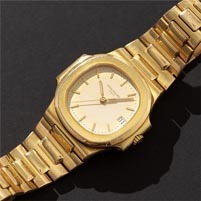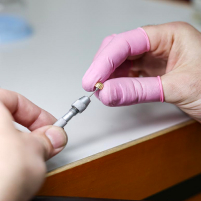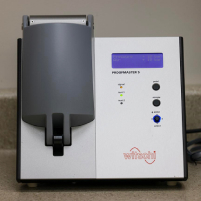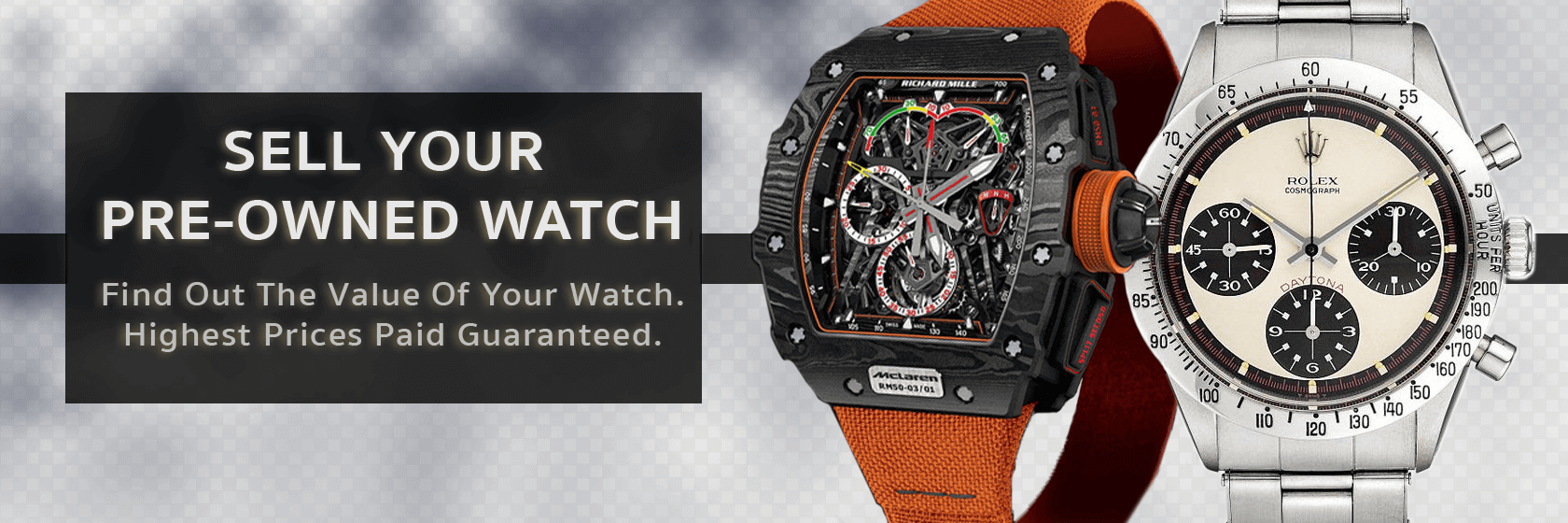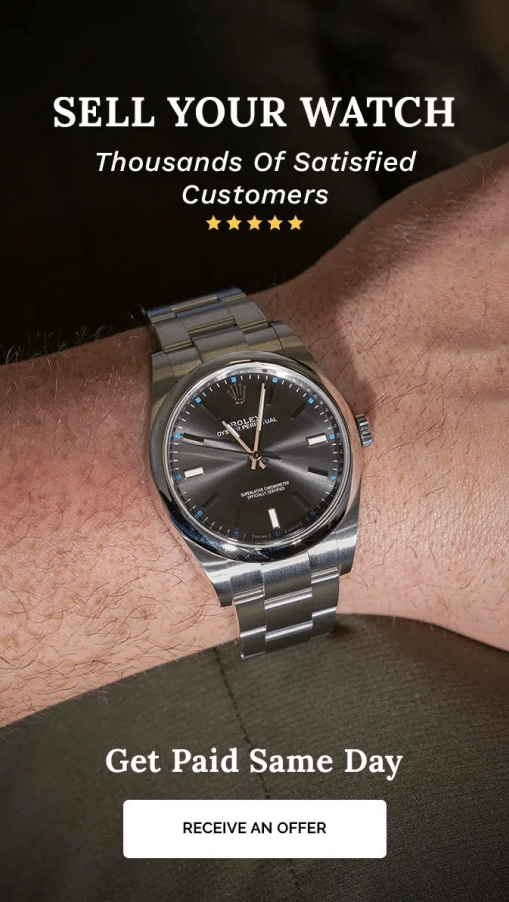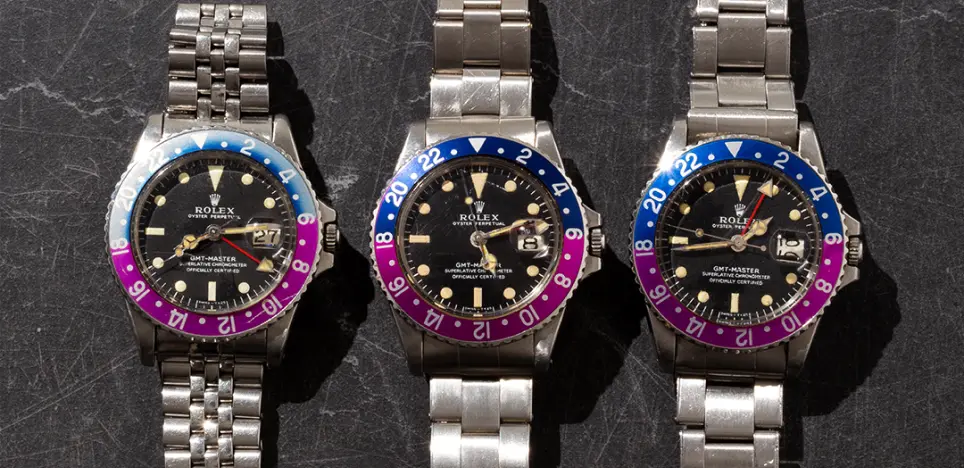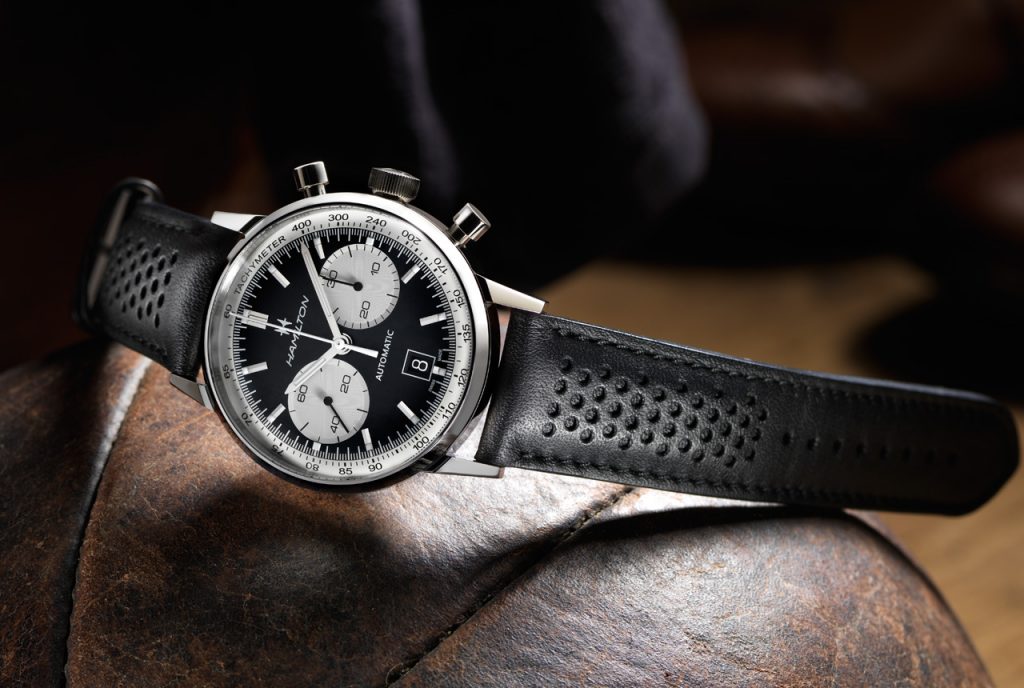How Much Is My Rolex Worth?
December 27, 2016You need to know what you can get for your watch if you’re selling. You don’t want to agree to a lowball offer impulsively. But set your price too high, and you’ll turn away potential buyers.
Of course, if you’re a buyer, you want to get the best value for your dollar.
So before you start buying or selling, do a little research that will go a long way in the market. These are the factors that Precision Watches experts consider for a Rolex, and you should too.
Model & Serial Number
First and foremost, you want to know the basics of any watch. Basic info will include how old it is, the material, how rare the model is, and the movement type. You can find out all of this from the serial number.
This aspect is most important and the one you should handle first. That’s because while some factors may matter more to certain people like condition, materials, etc., the Rolex brand has had very rare releases that collectors highly prize. With the rarest models fetching incredibly high bids, a rare watch may have collectors forgetting everything else.
There are two different numbers you need: the model and serial number.
Model Number
The model number, also referred to as the reference and style number, is usually 4-6 digits. It conveys everything about the model, including the design, material, etc. The first 2-4 numbers will indicate the type.
For example, the Submariner in a 4-digit reference number will begin with 55, 62, 65, or 16. A six-digit number may begin with 1266, 1166, 1240, or 1140.
Following this, the next digit shows the bezel style. The last digit indicates the material, such as steel (0), yellow gold (8), steel and yellow gold (3), or white gold (9).
If your model number also has letters, this signifies the color of the lunette (bezel in French): LV (lunette verte), LB (lunette bleu), and LN (lunette noir).
The model number is not always clearly engraved where you can see it. You’ll find it between the lugs at 12 o’clock on the watch case. If you don’t have paperwork with the model number, it may require tools to find the engraving. It’s best to take it to an expert for help.
Serial Number
The serial number is located opposite the model number and tells you how old the watch is. However, there are exceptions to how Rolex prints its serial numbers, so always verify what the specific serial number says about the watch’s age to be sure.
Material
Every piece that goes into making a Rolex is essential to consider when appraising it. It’s not just the watch face or the band. What material is the bezel? How about the dial? These can all be different materials or have additional features such as diamonds.
Some materials, such as Oystersteel, are unique to the brand. This steel alloy is corrosion-resistant and shines beautifully.
Other materials that the company uses include platinum, precious stones, and even iron from meteorites.
If it’s rare, the specific material for your pre-owned Rolex may increase its cost.
Original Components & Authenticity
When you buy a Rolex, you want to be sure you’re buying an authentic Rolex. It means that every piece, even when replaced, is authentic to Rolex.
However, beyond authenticity, there is also a question of original components. When Rolex repairs or replaces pieces, they will generally use the newest, updated technology. While still true to the brand, having the original components is more valued.
An expert can examine the components of your watch and whether they match up with the original manufacture date according to the serial number. If all the components are original, this will be more expensive than a watch with components from a different era.
Box & Papers
A watch without its original box and papers isn’t a deal-breaker for a sale. However, serious collectors may prefer to have everything. So being without the box and papers may lessen the value compared to those with these features.
It’s common to see watches sell without the box and papers. But if you can manage to dig yours up, this can boost the value of your watch.
Condition
Not everyone takes care of their Rolex watches as they should. And while average wear and tear will not wholly devalue a piece, a timepiece that seems as new as the date it came out will be worth more than a piece that does not work. But what about everything in between? Here’s what you should look for:
- Shallow scratches—You can have these buffed out, and they may not even affect the overall price.
- Deep, permanent scratches—If you can’t buff it out, this will decrease the value.
- Band condition—A band that is stretched out or missing links will decrease in value.
- Proper movement—If the watch’s movement isn’t working, this will reduce the price.
Market Value
No sale exists in a vacuum. It’s all subject to supply and demand. And when more people are buying than selling, prices go up. When there are more watches on the market than current buyers, prices go down. Look into the current demand to ensure a fair price.
FAQ
How Do I Know if My Rolex Watch Is Valuable?
Looking at a watch’s papers is the quickest way to learn about a watch. If you don’t have these and you’re not too familiar with the history of Rolex, some basic research may not tell you the whole story. When in doubt, always have your watch appraised by an expert.
Conclusion
Make sure you get the best price for your watch. Whether you’re a long-time enthusiast or a first-time buyer, a little research can go a long way. And if you’re ever in doubt, take your Rolex to a professional who can give you critical insights into its authenticity and value.
All of Our Watches Are 100% Authentic and Certified By Our In-House Swiss Trained Watchmakers
Brick and Mortar Store For Over 30 Years
Have Any Questions? Speak With One Of Our Sales Professionals

